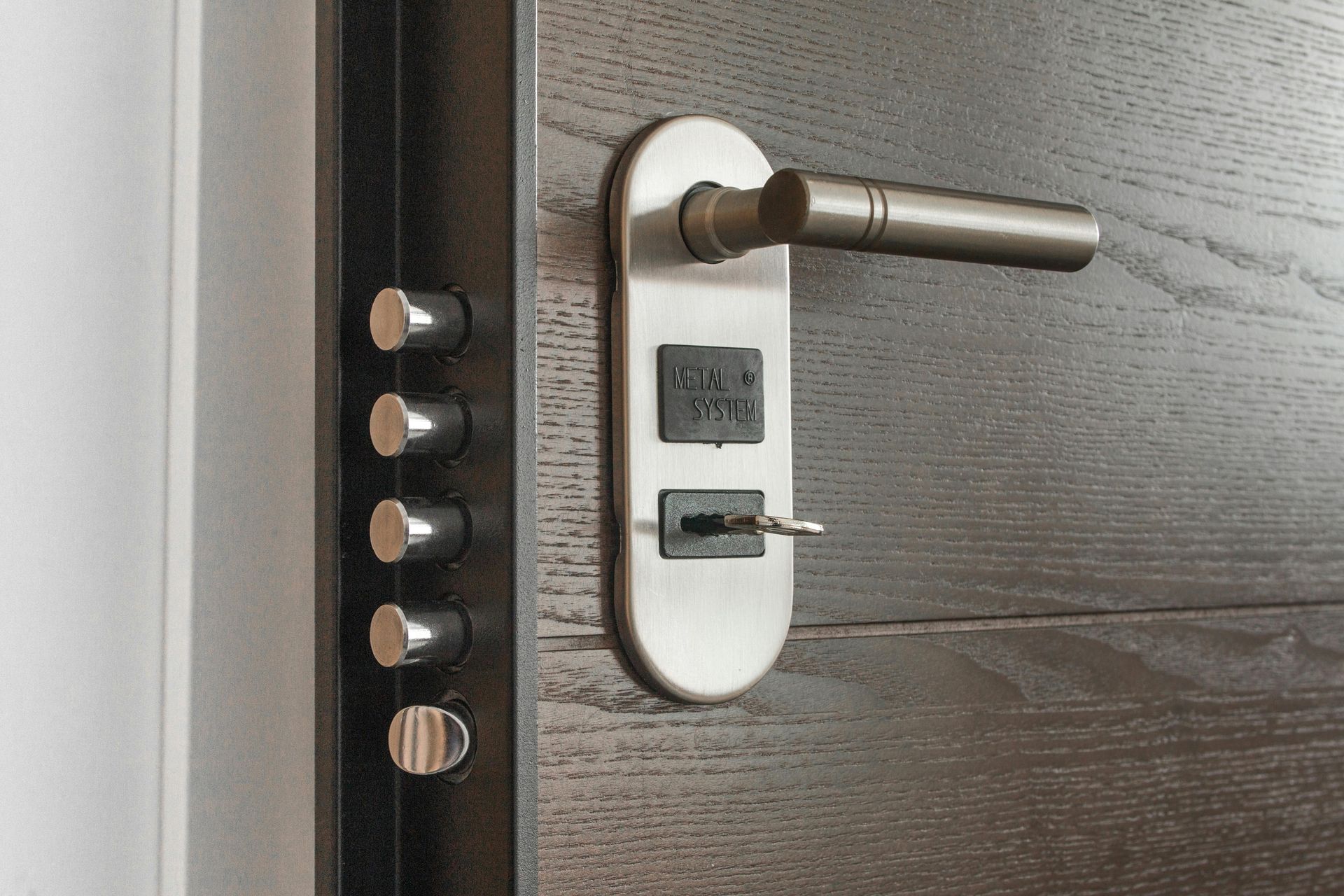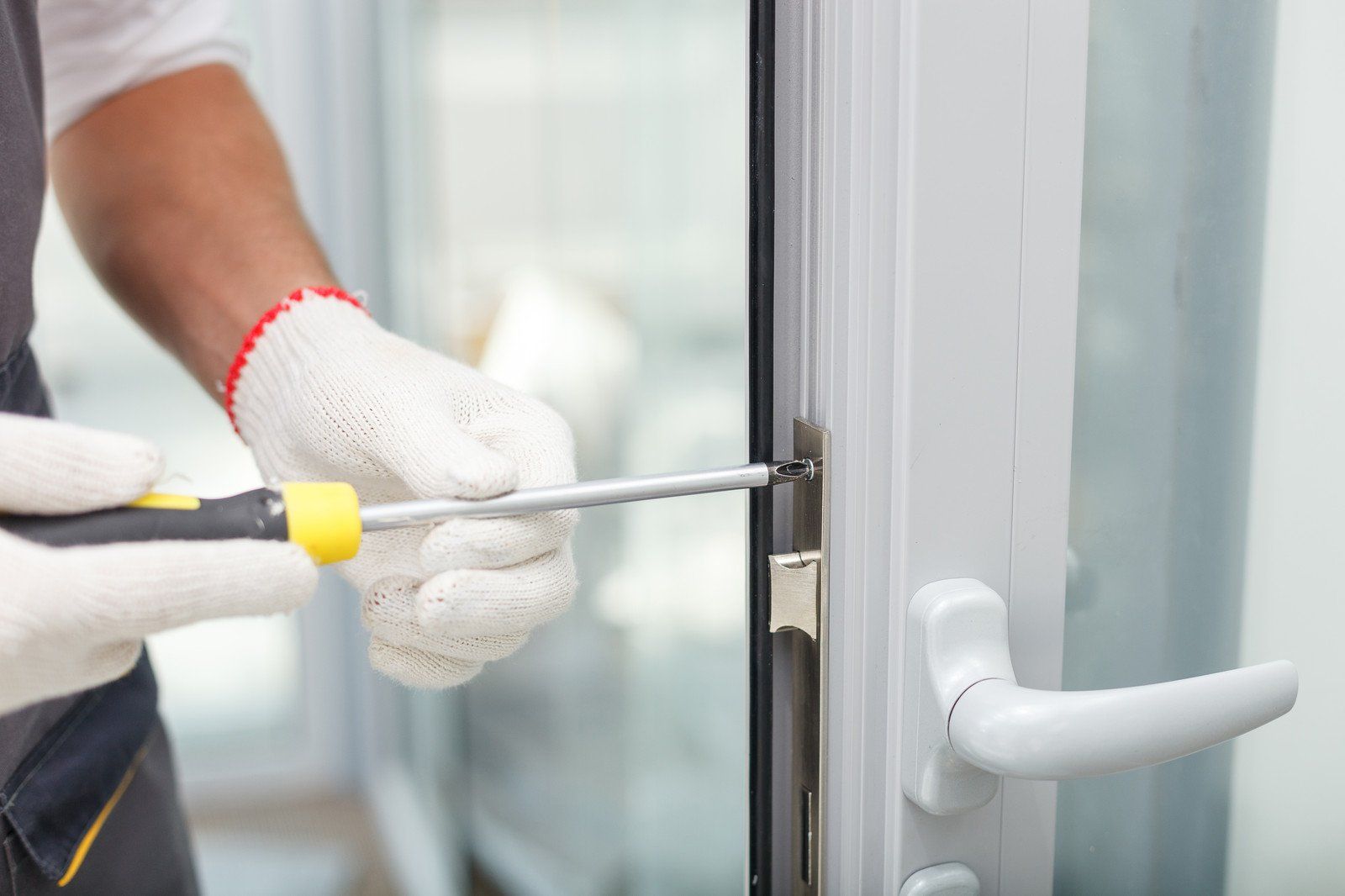




When part of your key has broken and is stuck in the lock, don’t panic. There are many ways to remove the broken key without having to call a locksmith . Depending upon the type of lock and how far into the lock the key is wedged, how much time you have and what tools you have will determine which method to use. SMS Locksmiths are always available to help with any lock or key problems, so if you're looking for a shortcut just contact us here.
First thing to do to ease the extraction is to lubricate the lock. Spray a tiny amount of it into the key hole to help the key slide out more easily. Only ever spray a tiny amount so it doesn't penetrate the pins too deeply. Once the key is out it's best to wipe off all the excess oil and replace it with graphite powder.
Before You Try Anything Else…
DO NOT push the key into the lock further with the other half of the broken key. This will make it more difficult to remove! I know many people try to use the remaining half to try and open the lock. BUT DON’T! The further you push the broken half into the lock, the harder it will be to remove.
First things first - Align the cylinder.
The cylinder will need to be in a locked or unlocked position to be able to extract the key fragment from the door. If you try to remove any key when the key is in between states it will stay stuck in the lock.
Remember, there are LOTS of different locks out there! Each is slightly different so you may have to try several methods to find out what works best.
A helpful tool to have is a pair of needle nose pliers. If you can grab the key with the needle nose pliers and get a good hold on it to pull it out the rest of the way. If there is not enough of the broken key to grab it with the pliers you will need to use one of the other methods to get it to that point.
If you don't have needle nose pliers, sometimes a pair of sharp pointed scissors can be used to grab the broken key that is just barely sticking out of the lock. You may be able to use tweezers but with caution! You don’t want to push the broken half into the keyway further. If you use one side of the tweezers, on one side of the key and use the edge of the keyway as a fulcrum, with the tweezer acting as a lever, edging the key out from the inside.
TIP: You can ONLY REMOVE A KEY WHEN THE KEY CYLINDER CORE IS NOT TURNED. This means that if the lock cylinder core can be moved around, the lock “pins” will hold the key in the lock and not allow extraction.
TIP: If you CAN spin the cylinder there is probably enough of the key left in the lock to allow you to unlock the lock by turning it to unlocked position! It won’t extract the key but might be worth trying to get you in fast. Use a small screwdriver to turn the key cylinder.
TIP: If the “pins” have dropped down in front of the broken edge of the key you will have to lift the pin(s) before the key can be extracted. This can be quite challenging even for an experienced Locksmith.
Methods for Removing a Broken Key Stuck in a Lock
Professional Locksmiths keep a set of Key Extractor Tools on hand. With the key “plug” or core in the upright position, insert the hook extractor on the top edge of the key (the jagged side) twist slightly and pull. This should hook on the jagged part of the key. The saw tooth extractor can be used the same way. The spiral tools can be used the same way but also can be used on the side of the keyway.
SOME locks have a key hole that is a bit wider than the actual key. This may be wide enough to allow you to insert a slim piece of metal, a paperclip or bobby pin on each side of the key. Once inserted, angle the pieces to put pressure on the key then pull it out. You may have to do this several times before you can grab the key. You do take the risk of pushing the key further back in the lock so it may be best to call a locksmith.
Drilling is also an option but should only be used as a last resort .It is possible to remove a broken key from a lock by drilling a small hole in it, but this can do damage to your lock and should be saved as a last resort. Calling a locksmith in London before trying this approach may be a safer and more cost-effective option.
Cleaning the Lock as there may be dirt or debris in the lock that is preventing it from working correctly. This can usually be remedied with a little (or a lot) of spray lubricant like WD-40 which cleans as well as lubricates. Simply apply the lubricant to the key and keyhole, and re-insert the key a few times to work it down into the lock. Keep a rag handy for drips and make sure to dry out the cylinder before using it again. Once dried apply some graphite powder as this will provide proper lubrication in the long term without causing issues.
Again, if you're locked out and worried that you may do more harm than good, feel free to contact us for a broken key removal service. Most times we can open the door without damaging the lock saving you time and money.




